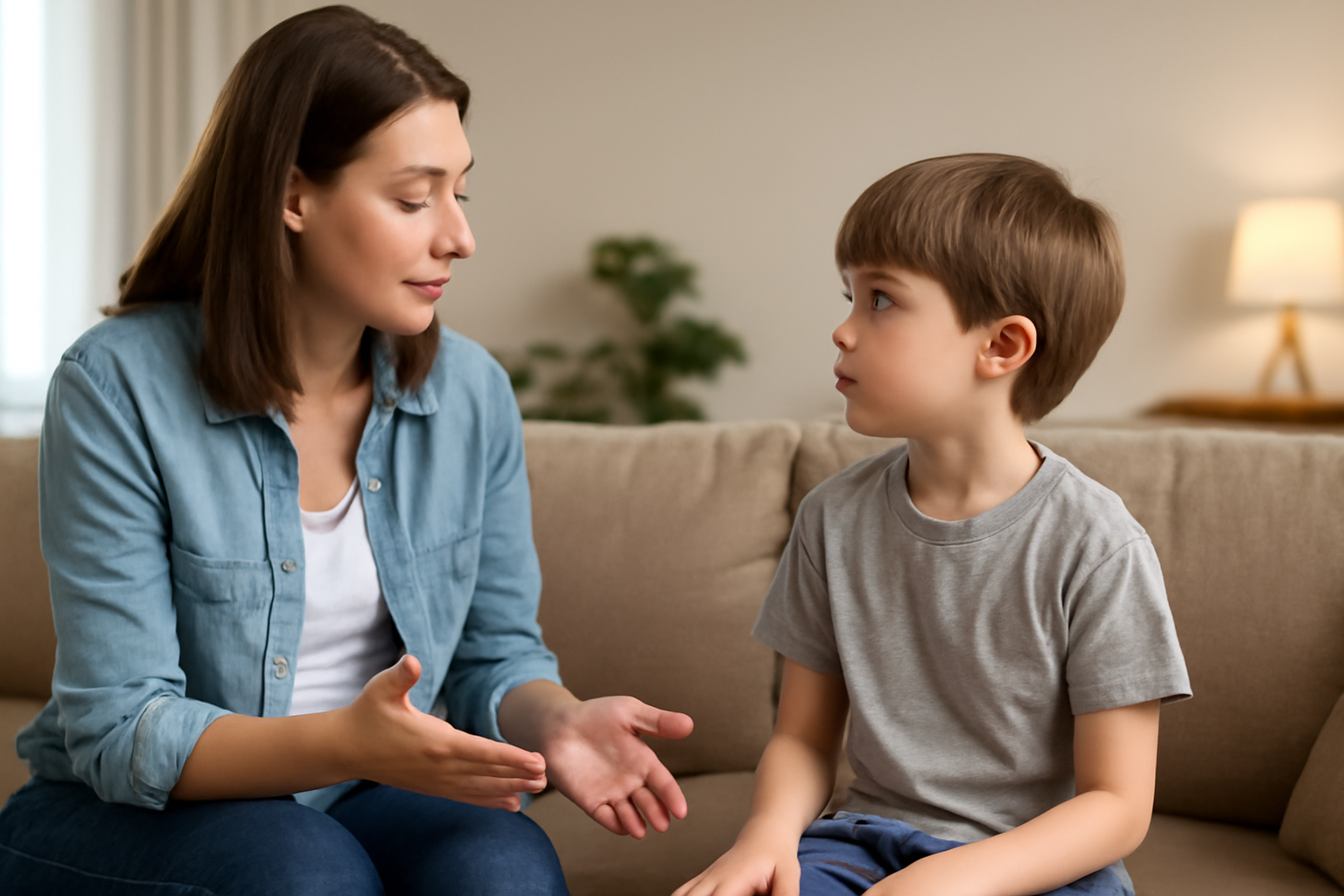Respect is one of the most valuable traits a child can learn. It helps them build strong friendships, succeed in school, and develop positive relationships throughout life. But respect isn’t something children are born knowing—it’s something they learn from consistent guidance and examples at home.
Teaching respect goes beyond saying “please” and “thank you.” It’s about fostering empathy, self-control, and an understanding of how actions affect others.
Here’s how you can raise a child who values and practices respect in daily life.
Why Respect Matters
Respectful children grow into adults who:
- Treat others with kindness and fairness
- Build healthy relationships
- Take responsibility for their actions
- Appreciate diversity and differences
- Handle conflict peacefully
Respect is the foundation for cooperation and empathy in all areas of life.
Model Respectful Behavior
Children learn best by watching. If you want your child to be respectful, show them what that looks like.
- Speak politely, even when frustrated
- Apologize when you make mistakes
- Listen without interrupting
- Treat everyone—from friends to strangers—with dignity
Your daily behavior is their greatest teacher.
Teach the Golden Rule
The simplest way to teach respect is to use the Golden Rule: Treat others the way you want to be treated.
Encourage your child to ask:
- “Would I like it if someone did this to me?”
- “How would I feel if I were in their place?”
This builds empathy and awareness of how actions affect others.
Use Manners as Building Blocks
Politeness is an early form of respect. Teach your child to say:
- “Please” and “thank you”
- “Excuse me” when interrupting
- “Sorry” when they hurt someone
Consistent practice turns manners into habits.
Set Clear Expectations
Respect should be a family value. Make it clear what respectful behavior looks like at home:
- Speaking kindly
- Listening when others talk
- Sharing and taking turns
- Caring for belongings and spaces
Reinforce these expectations with consistency and patience.
Teach Respect for Differences
Children need to learn that not everyone thinks, looks, or lives the same way—and that’s okay.
- Read books about different cultures
- Celebrate diversity in your community
- Encourage curiosity and respectful questions
- Teach that differences are to be appreciated, not judged
This builds tolerance and open-mindedness.
Correct Disrespect Calmly
When your child is disrespectful, avoid yelling. Instead:
- Point out the behavior clearly (“That was not respectful.”)
- Explain why it was hurtful
- Encourage them to try again with better words or actions
Teaching moments work best when handled calmly and consistently.
Encourage Respect for Themselves
Respect isn’t just about others—it’s also about self-respect. Help your child:
- Set healthy boundaries
- Say no when necessary
- Take care of their body and mind
- Speak kindly about themselves
Children who respect themselves are more likely to respect others.
Reinforce Respect Through Responsibility
Give your child responsibilities that teach accountability:
- Caring for pets
- Helping with chores
- Cleaning up after playtime
These tasks build responsibility and respect for shared spaces and family members.
Praise Respectful Behavior
When your child shows respect, acknowledge it.
- “I noticed you listened patiently—that was very respectful.”
- “Thank you for helping your friend, that showed kindness.”
Positive reinforcement encourages repetition.
Final Thought: Respect Is Learned Through Love
Respect isn’t about fear or strict rules—it’s about love, empathy, and consistency. When children grow up in an environment where respect is modeled, expected, and celebrated, they naturally learn to treat others—and themselves—with dignity.
By teaching respect in everyday life, you’re not just raising polite children—you’re raising compassionate, responsible adults.
